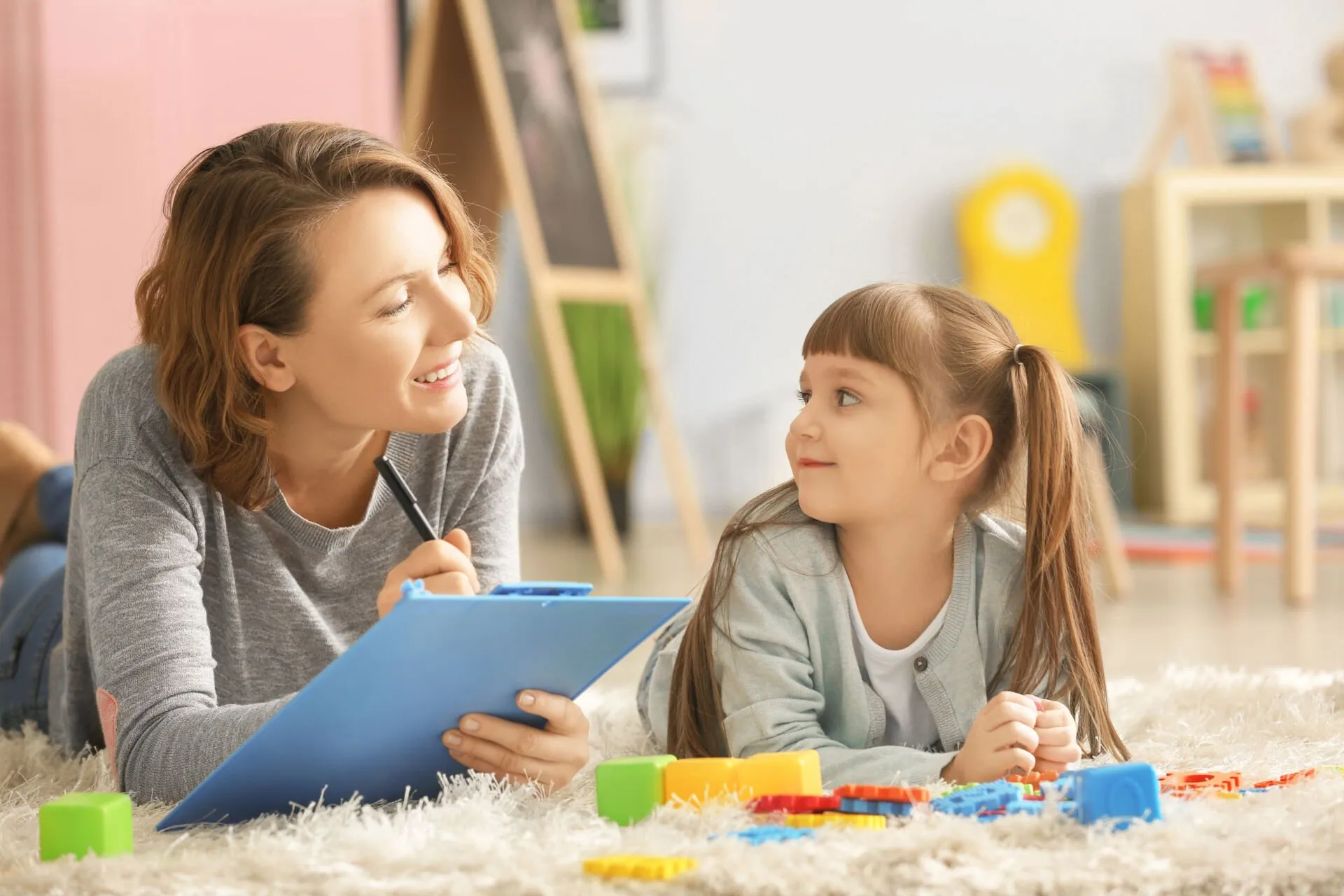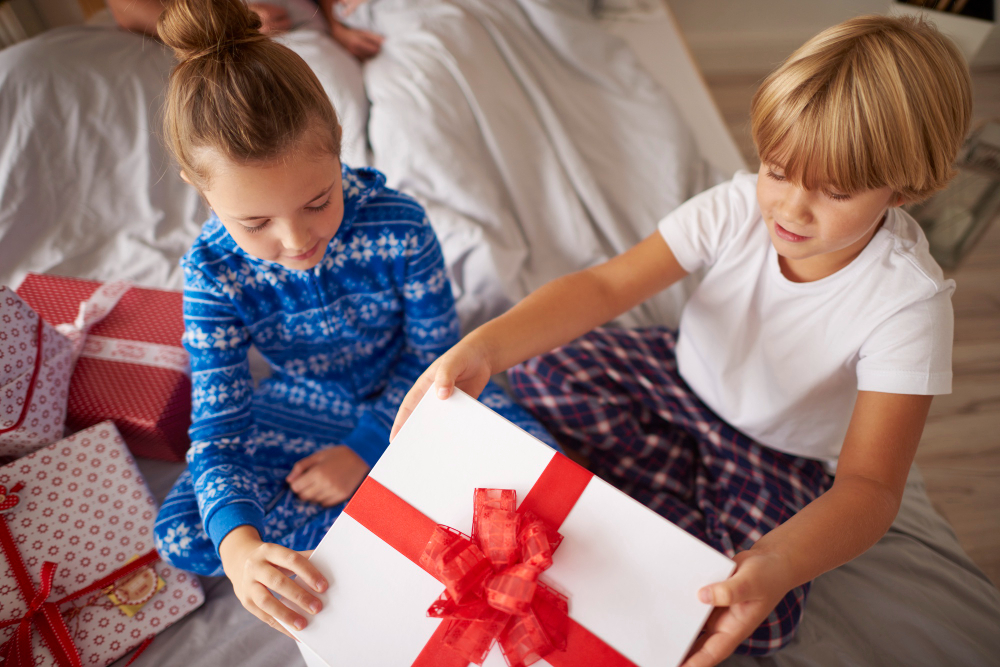How Cool Stationery Can Spark Curiosity in Children
To be honest, something is exciting about opening a new stationery kit. Not just for children, but for adults as well, many of us still get a tiny thrill from opening a pack of new pens or just seeing those organized colours. Now, just imagine all these feelings for or as a child.
Stationery is also about expression, imagination, and exploration. Even if you don’t believe, it plays a subtle role in shaping how children learn and engage with the world around them.
Urbanpicks here links the child psychology and stationery, and how the cool school supplies can make your child more indulged than just doodling.
The Psychology Behind a Crayon Box
Kids being of a curious nature, they are bound to explore, question, and create. But curiosity is not developed in a dull or uninspiring environment. Curious minds need colour, stimulation, and also their creative space to grow. That’s where stationery steps in.
Be it Unicorn Bags or Hello Kitty-themed crayon box, these things are not just pretty or aesthetic tools; they are an invitation to create a story, practice their creativity, or simply draw their version of the world.
Psychologists say that the more a child enjoys their tools, the more likely they are to engage with the activity. A sparkly pen might not seem like a big deal to an adult, but to a child? It could be the reason they pick up that pen in the first place.
Children quickly build their emotional relationship with objects. Just like they build an attachment to a toy or their favourite blanket, they also get easily attached to things with their favourite theme, be it a superhero or a unicorn.
Once they’ve chosen their stationery, it becomes theirs. Not just in a physical sense, but emotionally. They’re more likely to take care of it, use it thoughtfully, and, best of all-engage with it more often.
And the more they engage, the more they learn. That’s the power of perceived ownership in early childhood.
The “Treasure Chest” Effect
Did you ever notice how kids like a full pencil box, like they found a box of treasure? Each product in their box has a purpose.
Many child psychologists refer to it as symbolic play, where children assign some meaning to each object, how they tell stories, or engage in pretend scenarios. Stationery usually becomes a part of this process.
When stationery becomes a part of play, learning becomes incidental, which, fun fact, is one of the most effective ways young children absorb information.
What to Look for When Choosing Stationery for Kids
Not all kids’ stationery is created equal; we create school supplies that will be a major part in building a curious mind.
- Bright, cheerful colours
- Fun and relatable characters
- Age-appropriate functionality
- Room for personalization
- Organizational features
Urbanpicks have perfected the balance between being functional and fun, offering stationery, bottles, colouring kits, backpacks, and bags, which are based on various themes.
Final Thoughts: Little Tools, Big Impact
The themed products at the start may seem like a mere thing, but in your child’s world, those mere things make a big difference.
Cool stationery doesn’t just look good on a desk. It taps into the way children think, feel, and explore. It invites them to imagine, create, solve, and grow. It gives them the tools they want to use in spaces they feel good being in.
The next time you are shopping for school supplies, skip the plain stuff and for all those vibrant, animal-shaped erasers, the backpack with the unicorn. This would be the first step toward a life full of love for learning



Hi, this is a comment.
To get started with moderating, editing, and deleting comments, please visit the Comments screen in the dashboard.
Commenter avatars come from Gravatar.